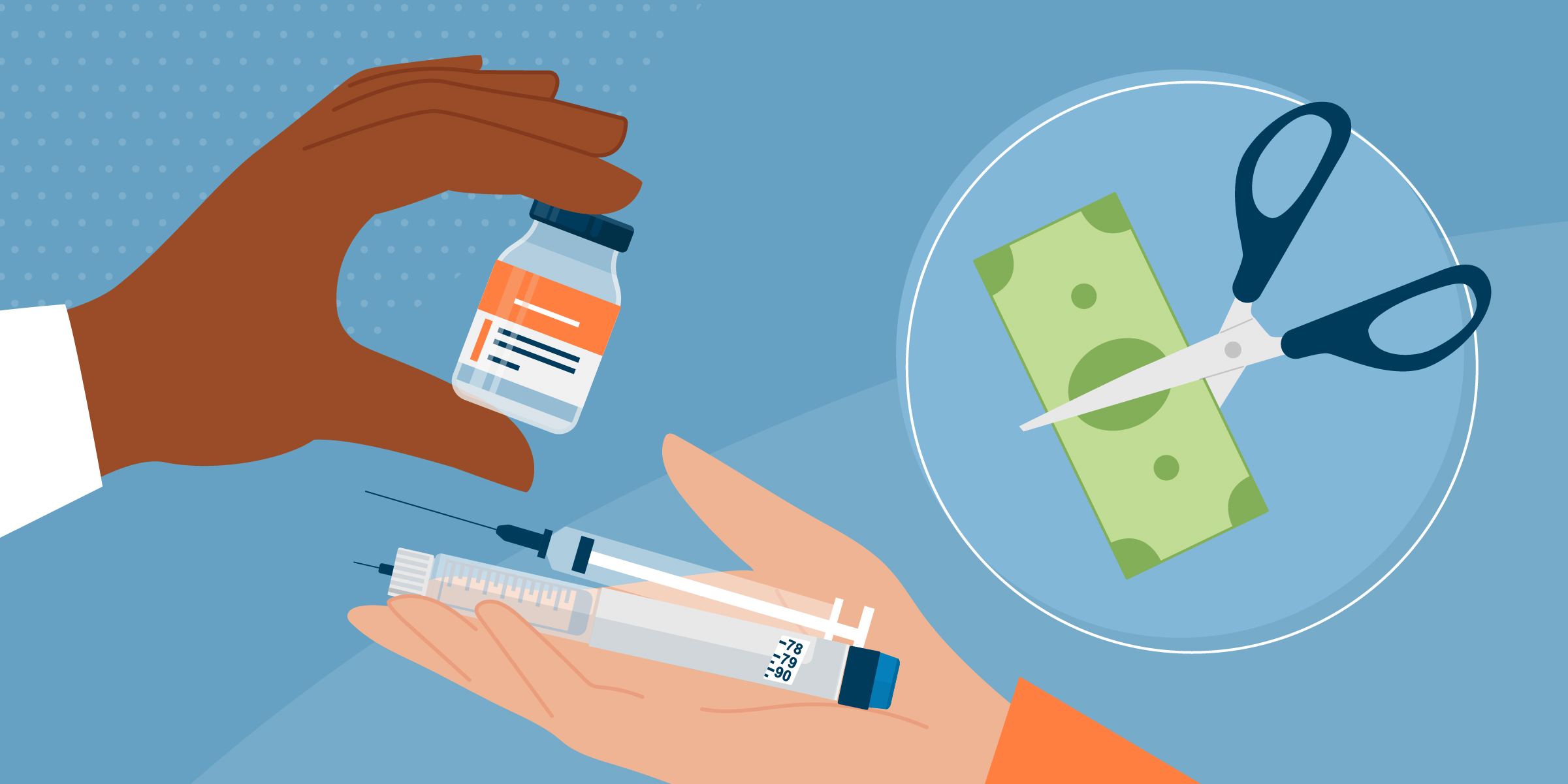In the last few decades, prescription drug prices and health insurance costs have skyrocketed. According to the Peter G. Peterson Foundation, U.S. spending on prescription medications has risen from $122 billion in 2000 to $348 billion in 2020 with the Centers for Medicare and Medicaid Services (CMS) predicting that spending will continue to increase, reaching $567 billion by 2030 (a 63% increase).
Furthermore, spending on National Health Expenditures (NHE) hit $4.1 trillion in 2020, with out-of-pocket costs accounting for 9% or $388.6 billion of total NHE and federal government spending growing sharply by 36%.
To reduce the rapidly rising cost of medication and improve healthcare affordability, the Biden Administration signed the Inflation Reduction Act into law on August 16, 2022. The new legislature calls for the continuation of the Affordable Care Act until 2024 and is designed to save American families money on both healthcare and prescription costs starting as early as 2023.
Two policies from the Inflation Reduction Act that will soon reduce out-of-pocket spending for Medicare beneficiaries:
- Out-of-pocket drug costs capped at $2,000 per year. Caps on “catastrophic” coinsurance and out-of-pocket drug spending under Medicare Part D—estimated to begin in 2024 & 2025, respectively—will be especially beneficial for individuals relying on high-priced drugs for conditions such as cancer or multiple sclerosis.
- Limit costs for insulin products to $35 per month. These new cost savings are expected to begin in 2023 and include insulin products in Medicare Part D plans and “insulin furnished through durable medical equipment under Medicare Part B.”
The Inflation Reduction Act also further delays the implementation of the Trump Administration drug rebate rule; originally set to take effect in 2027, but since delayed until 2032. This delay was primarily enacted to avoid additional Medicare spending and premiums paid by beneficiaries.
Why Drug Price Negotiations Haven’t Been Allowed in the Past
When lawmakers enacted the Medicare Part D outpatient prescription program in 2003, they prevented Medicare from negotiating drug prices with pharmaceutical companies which was intended primarily to keep insurers in control of setting prices. Additionally, pharmaceutical companies pushed back against Medicare involvement in fear of the organization hindering the ability of individuals to get medications.
The Inflation Reduction Act overturns this decision, allowing Medicare providers to negotiate costs around a certain number of medications beginning with 10 “brand-name and biologic drugs without generic or biosimilar equivalents” in 2026. The list of medications has not yet been decided, but it is likely to be a combination of those with the highest total Medicare Parts B and D spending. For example, high-cost but incredibly critical prescriptions for Cancer, Diabetes, Blot Clots, and Arthritis that accounted for 16% of net total Part D spending in 2019.
Why are Pharmaceutical Drug Prices Not Regulated in the U.S.A?
In the United States, unlike other developed countries, drug prices are not negotiated or regulated by the federal government but by individual drug companies. Insurers and pharmacies determine how much patients will pay in out-of-pocket costs. While the reason for the lack of government involvement is somewhat vague, research from the University of Southern California argues that “an absence of a unified approach to address drug prices has created a patchwork of state legislation.” The report further contends that the state-by-state regulatory approach allows pharmaceutical companies to litigate against anti-price-gouging laws more easily.
With pharmaceutical and insurance companies continuing to profit from the lack of government involvement, the overall support among Americans for drug-pricing reforms has continued to rise. Currently, there are a number of policy options being debated in the United States Congress regarding how to best involve government officials, with the Inflation Reduction Act being one of the now-active policies under consideration.
The Reason Prescription Drug Prices Fluctuate So Often
Over the last 20 years, thousands of medications have experienced price fluctuations. For example, from 2002 to 2013, the price of insulin nearly tripled, while the price of the rheumatoid-arthritis drug Humira rose from $19,000 to $60,000/year between 2012 and 2019.
Wildly fluctuating prescription drug prices can be attributed to several factors, including:
- Drug manufacturers: Because there is no federal regulation over drug companies in the US, drug manufacturers are able to set their own prices for medications. Depending on the demand for the drug, manufacturers will increase, decrease, and provide discounts on the medication as necessary.
- Insurance companies and Pharmacy Benefit Managers (PBM): The complex relationship between insurers, PBMs, and drug manufacturers can result in rapidly changing drug prices.
Costs are typically decided by pharmaceutical companies that sell the medication at list price. List prices are then paid for by wholesale pharmacies. However, when patients purchase medications at their local pharmacy, the price is further negotiated by PBMs on behalf of health insurers. The resulting price is what patients can expect to pay for medication.
These prices will frequently change as insurers change policies, negotiate with new PBMs, or respond to supply changes.
- Supply and demand: As demand for a particular drug grows, so does the price. Additionally, because the revenue of wholesale pharmacies is tied to list prices for drugs, pharmacies have little incentive to lower costs for other pharmacies, insurers, and patients—even if drugs are in low supply. Increased public scrutiny of rising prices has slowed price fluctuations and ensured drugs remain stocked.
What Does The Inflation Reduction Act Mean for Your Patients?
Any healthcare professional can attest that quality patient care is the “why” behind any medical decision. Improving patient safety and the care continuum has been a core part of RXNT’s mission since our founding in 1999, and we cater to that quality patient care via integrated healthcare software technology.
Ultimately, the Inflation Reduction Act is a step in the right direction towards lowering rapidly-rising healthcare costs, ensuring that more Americans have access to affordable healthcare and the medications they need. Healthcare professionals can expect to see increased adherence to medication and treatment plans as a result of the lowered cost barriers. Plus, cost caps and price negotiation means more equitable treatment access to help low-income, elderly, and regular citizens maintain a healthy life. These new policies will undoubtedly result in dramatic savings on healthcare costs for Americans—some of which will be life-saving.





